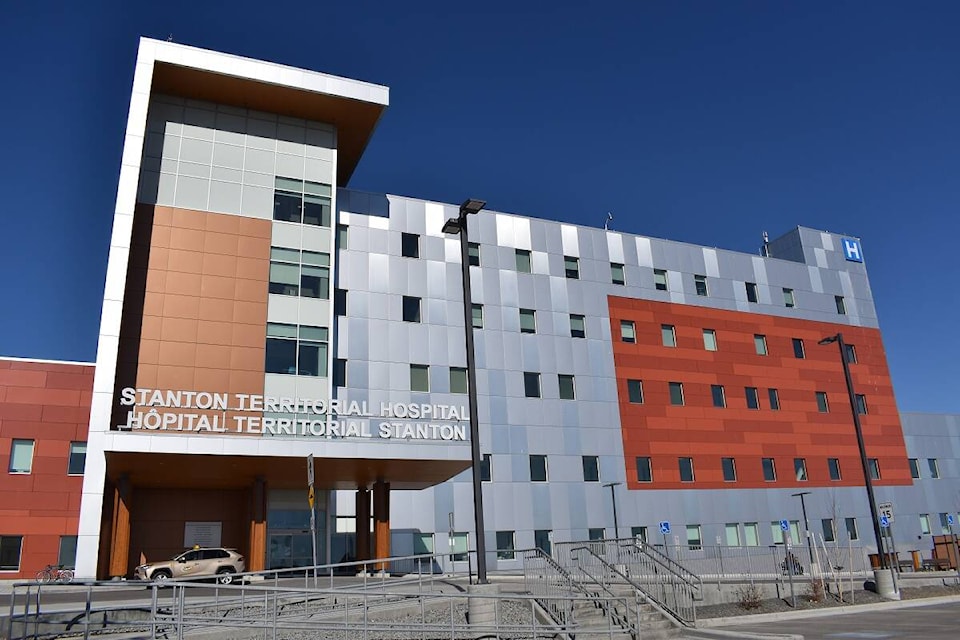A public health advisory has been issued for potential tuberculosis (TB) exposure at Stanton Territorial Hospital.
The chief public health officer issued the precautionary advisory on July 3. Anyone who attended the emergency room on June 19 between 8:58 a.m. and 3:21 p.m. is advised to report their potential exposure to the NWT 8-1-1 nurse advice phone line for directions.
"TB is a bacterial disease that affects mainly the lungs and can be transmitted through air particles," said Andrew Wind, communications manager for the Northwest Territories Health and Social Services Authority (NTHSSA). "Many factors are considered when determining if an exposure to TB is significant. TB is a slow growing bacteria and takes a long time to develop from infection — usually no symptoms — to disease... [symptoms may include] cough, fever, night sweats, weight loss, chest pain (and) bloody sputum. Most people exposed to someone with TB never get infected or go on to develop disease. However, a small proportion of the exposed may be more susceptible to infection and developing TB disease than others.
"If you are identified as a potential contact, do not panic. Public health staff will talk with you about your exposure and determine your risk for infection. They will talk you through about symptoms of TB, advise if you need a TB test, or need other tests such as a chest X-ray or a cough sample or sputum. This assessment may occur right away, or it may not occur for a couple of months depending on your circumstances. If you have been exposed to TB, it typically takes eight weeks or longer for results that indicate you have been exposed and are infected with TB bacteria."
Some examples provided by Wind of people at most risk include people who have weakened immune systems, those who are very young — usually children under five years old — and the elderly.
"If you have a positive TB test and are infected with the TB bacteria, this does not mean you have TB," said Wind. "This just means that you have a TB infection. The good news is TB infection is easily curable with antibiotics. People who have a TB infection are not sick, do not have symptoms of TB and cannot make anyone else sick. However, if you test positive for TB infection, it will likely be recommended that you complete a course of appropriate antibiotics to get rid of the infection. A public health clinician with experience in TB will discuss options with you.
"If you have been infected with TB and you go on to develop TB disease, you may be experiencing symptoms such as cough lasting greater than two to three weeks that is productive of sputum [which] may also be bloody, unexplained weight loss over weeks/months, night sweats, fever or chest pain. If you have these symptoms, you should seek medical care and advice.
"TB is everyone’s concern. Talk about the symptoms of TB with your family and friends. TB is curable and we want to eliminate TB in the NWT so 'Think TB' if you or someone you know has any of the symptoms mentioned and encourage people to seek care," NTHSSA stated.
